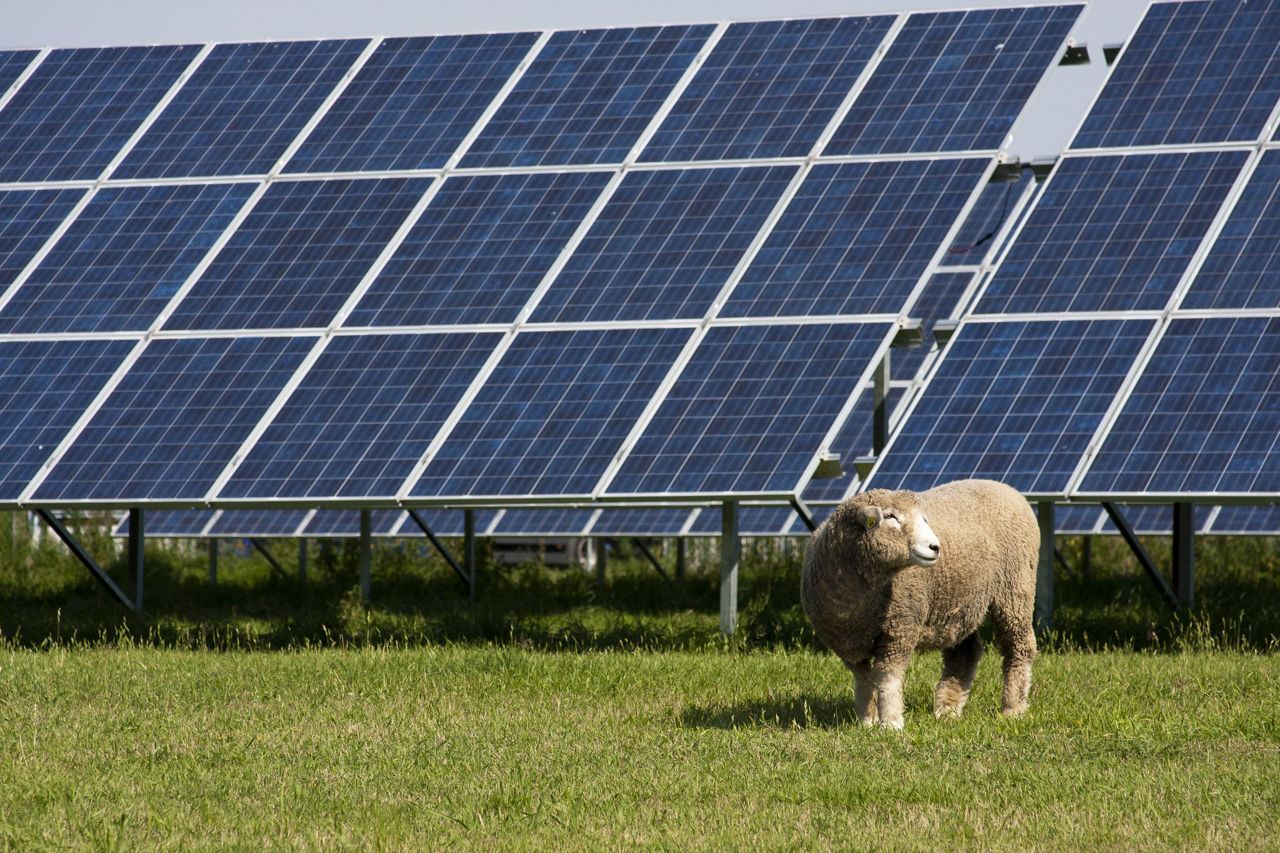
FAQs
Answers to frequently asked question around solar energy
Solar panels generate electricity whenever light falls on them and the energy produced is proportional to the intensity of the light. The electricity is then transformed to the same voltage as the distribution grid to enable this to be exported, the energy produced is preferentially fed to the local area.
The solar panels for Kilcush Solar farm will be mounted on fixed support structures, oriented towards the south, tilted to optimise production and raised a minimum of 0.8m above the ground.
Solar PV systems generate electricity when there is daylight, so they will still function on overcast days. Even though maximum efficiency is reached when the sun is shining, electricity is still produced on cloudy days and during winter.
There is some noise generated during daylight hours during the construction period. Once built, there is low-level noise from the inverters and transformers when the solar farm is producing energy. The location of these is carefully selected, in order to ensure that they are not located close to any dwellings. From the edge of the site, any noise generated will be less than other background noises such as traffic, wind etc. A noise impact assessment will be submitted as part of the planning application.
Solar panels are designed with anti-reflection coatings to ensure that they capture as much of the incident light as possible. There can be some glint and glare from the panels, but this is less than normal glass and we design them in such a way to minimise this, taking into account the location of properties and local landscape.
Construction of a solar farm typically takes 12 months. After the construction period is competed the solar farm works automatically, will be monitored remotely and normally require 1-2 maintenance visits per month.